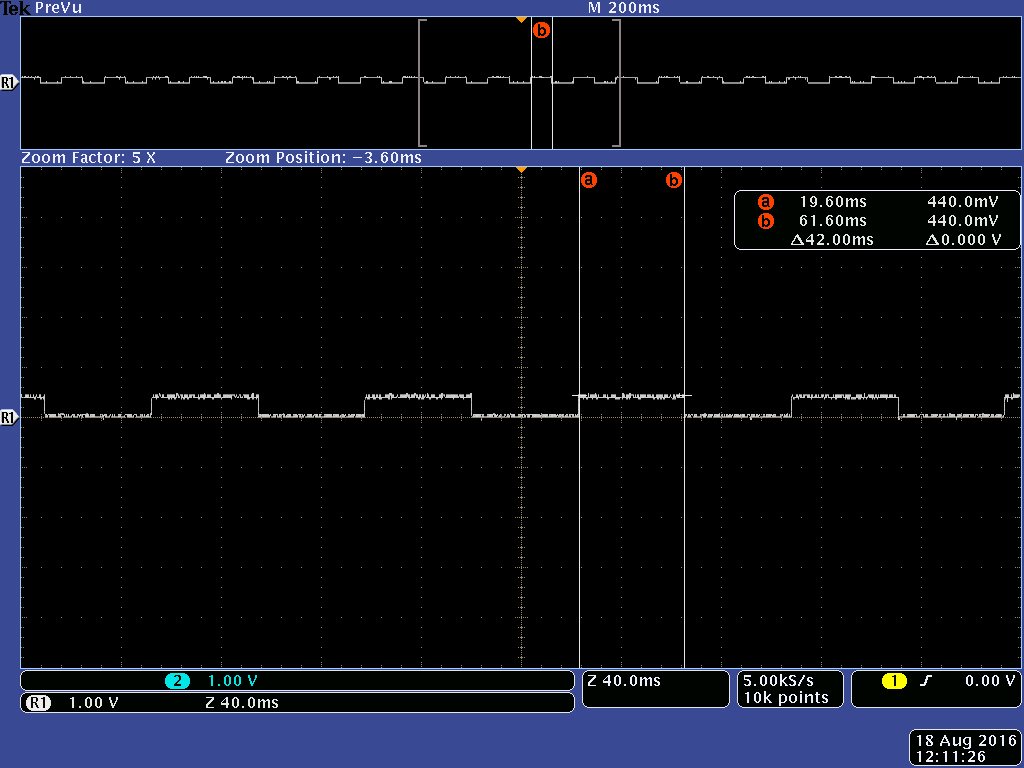Hi there,
I am new to the EK-TM4C1294XL board, and just started to run some examples.
In the binband example, there is a function:
void Delay(uint32_t ui32Seconds). as it comments, which should delay for the specified number of seconds.
But when I ran it, it looked too faster than seconds.
Checking the code, I think the code is good and add some debug variables in it.
void
Delay(uint32_t ui32Seconds)
{
volatile uint32_t tick;
uint32_t start = ROM_SysTickValueGet();
uint32_t end;
//
// Loop while there are more seconds to wait.
//
while(ui32Seconds--)
{
//
// Wait until the SysTick value is less than 1000.
//
while( tick = ROM_SysTickValueGet())
{
if(tick > 1000)
break;
}
//
// Wait until the SysTick value is greater than 1000.
//
while(tick = ROM_SysTickValueGet())
{
if(tick < 1000)
break;
}
}
end = ROM_SysTickValueGet();
}
Does anybody get the same problem with me? or did I miss anything?
Thanks,
Henry


